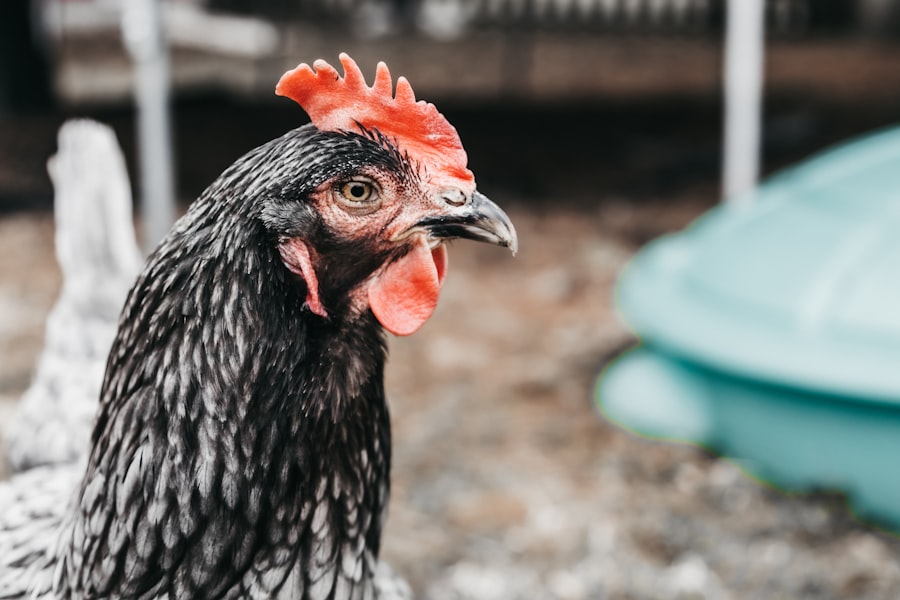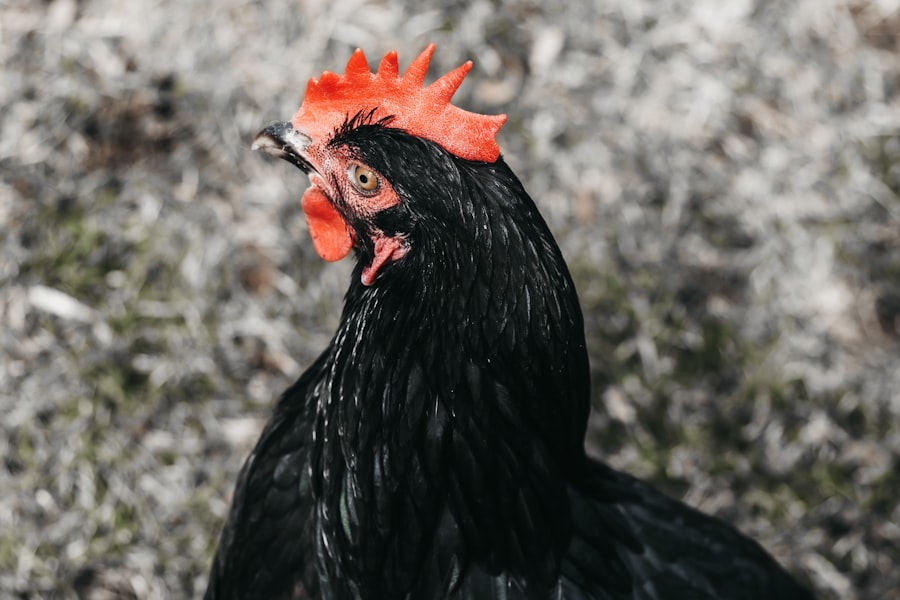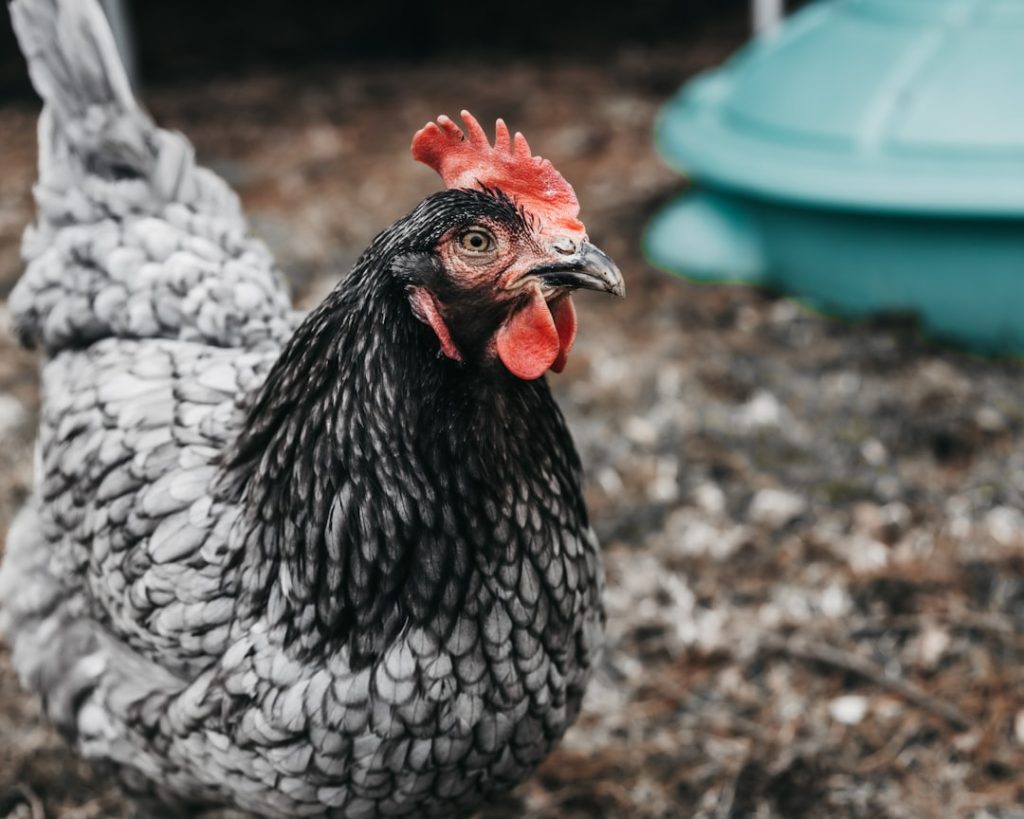Understanding Bird Roosting Issues
When addressing bird roosting problems on your property, it is essential to comprehend the underlying factors. Birds can become a nuisance due to noise, droppings, and potential property damage. Identifying the specific bird species involved is crucial, as different species may require varied deterrence methods.
It is also important to be aware of legal considerations, as many bird species are protected by law, and special permits may be required for removal or deterrent measures. Birds are often attracted to areas that provide food, water, and shelter. Identifying and mitigating these attractants can help discourage roosting in unwanted areas.
Understanding the behavior and habits of the problematic bird species can aid in developing effective deterrent strategies. A thorough analysis of the situation allows for more targeted and successful solutions to bird roosting issues.
Table of Contents
- 1 Providing Proper Roosting Space
- 2 Limiting Access to Trees
- 3 Creating a Cozy Coop Environment
- 4 Using Deterrents
- 5 Establishing a Routine
- 6 Seeking Professional Help
- 7 FAQs
- 7.1 What are the reasons for keeping chickens from roosting in a tree?
- 7.2 How can I prevent chickens from roosting in a tree?
- 7.3 What are the risks of chickens roosting in a tree?
- 7.4 Are there any natural deterrents to keep chickens from roosting in a tree?
- 7.5 What are the benefits of preventing chickens from roosting in a tree?
Key Takeaways
- Understanding the Problem: Recognize the impact of roosting birds on trees and buildings
- Providing Proper Roosting Space: Install birdhouses or roosting boxes to attract birds away from trees and buildings
- Limiting Access to Trees: Use netting or other barriers to prevent birds from roosting in trees
- Creating a Cozy Coop Environment: Ensure that chicken coops are comfortable and secure to discourage roosting birds
- Using Deterrents: Employ visual or auditory deterrents to discourage birds from roosting in unwanted areas
- Establishing a Routine: Implement consistent maintenance and cleaning schedules to discourage roosting birds
- Seeking Professional Help: Consult with wildlife or pest control professionals for assistance in managing roosting bird problems
Providing Proper Roosting Space
Creating a Bird-Friendly Environment
One effective way to deter birds from roosting in unwanted areas is to provide them with an alternative, more suitable roosting space. By installing birdhouses or nesting boxes in a designated area away from your property, you can help encourage birds to roost in a more desirable location.
Understanding Bird Species’ Needs
It’s important to research the specific needs and preferences of the bird species causing the issue in order to provide a suitable roosting space. This will ensure that the alternative roosting space meets the birds’ requirements, making it an attractive option for them.
Deterrents for Unwanted Roosting
Another option for providing proper roosting space is to install roosting spikes or other deterrents on buildings or structures where birds may be roosting. These spikes can make it uncomfortable or impossible for birds to land and roost in these areas, encouraging them to seek out alternative roosting locations.
Reducing Nuisance and Encouraging Responsible Roosting
By providing birds with a more suitable roosting space, you can help reduce the likelihood of them roosting in unwanted areas and causing a nuisance. This approach not only benefits you but also helps maintain a healthy and balanced ecosystem.
Limiting Access to Trees

One effective way to deter birds from roosting in trees around your property is to limit their access to these areas. This can be done by installing bird netting or other physical barriers around trees to prevent birds from landing and roosting in them. It’s important to ensure that any barriers used are installed properly and do not pose a risk to the birds or other wildlife in the area.
Additionally, it’s important to regularly inspect and maintain these barriers to ensure their effectiveness. Another option for limiting access to trees is to prune or trim branches and foliage to make it less attractive for birds to roost in these areas. By reducing the amount of cover and perching space available in trees, you can help discourage birds from roosting in unwanted areas.
It’s important to research the specific needs and habits of the bird species causing the issue in order to effectively limit their access to trees. By taking proactive measures to limit access to trees, you can help reduce the likelihood of birds roosting in unwanted areas and causing a nuisance.
Creating a Cozy Coop Environment
If you’re dealing with unwanted birds roosting in or around your chicken coop, creating a cozy and inviting environment for your chickens can help deter wild birds from roosting in these areas. Providing ample space, comfortable roosting bars, and nesting boxes for your chickens can help discourage wild birds from attempting to roost in these areas. Additionally, ensuring that your coop is secure and free from any potential entry points for wild birds can help prevent them from gaining access to these spaces.
Another option for creating a cozy coop environment is to provide your chickens with ample food and water sources, as well as regular cleaning and maintenance of the coop. By meeting the needs of your chickens and providing them with a comfortable and inviting environment, you can help reduce the likelihood of wild birds attempting to roost in these areas. It’s important to regularly inspect and maintain your coop to ensure that it remains a secure and comfortable space for your chickens.
By taking proactive measures to create a cozy coop environment, you can help deter wild birds from roosting in these areas.
Using Deterrents
There are a variety of deterrent methods that can be used to discourage birds from roosting in unwanted areas. Visual deterrents such as scarecrows, reflective tape, or predator decoys can help make an area less attractive for birds to roost. It’s important to regularly move and change these deterrents to prevent birds from becoming accustomed to them.
Additionally, it’s important to research the specific needs and habits of the bird species causing the issue in order to effectively use visual deterrents. Another option for deterring birds from roosting in unwanted areas is to use auditory deterrents such as ultrasonic devices or bird distress calls. These deterrents emit sounds that are unpleasant or threatening to birds, encouraging them to seek out alternative roosting locations.
It’s important to use auditory deterrents responsibly and consider their potential impact on other wildlife in the area. By using a combination of visual and auditory deterrents, you can help discourage birds from roosting in unwanted areas and causing a nuisance.
Establishing a Routine

Removing Attractants
By regularly removing food sources, water sources, and potential nesting materials from around your property, you can help discourage birds from roosting in these areas.
Maintaining Barriers and Deterrents
Regularly inspecting and maintaining physical barriers or deterrents can help ensure their effectiveness in deterring birds.
Monitoring and Adjusting
Another aspect of establishing a routine is to consistently implement deterrent methods and monitor their effectiveness over time. By regularly assessing the success of your deterrent methods and making adjustments as needed, you can help maintain a bird-free environment around your property. It’s important to be patient and persistent when establishing a routine for deterring birds, as it may take time for these methods to effectively discourage birds from roosting in unwanted areas.
Seeking Professional Help
If you’re dealing with a persistent bird roosting issue that seems difficult to manage on your own, it may be beneficial to seek professional help. Wildlife control professionals or pest management experts can provide valuable insight and assistance in addressing bird roosting issues. These professionals can assess the specific needs of your property and develop customized solutions for deterring birds from roosting in unwanted areas.
Additionally, seeking professional help can ensure that any deterrent methods used are implemented responsibly and effectively. Wildlife control professionals have the knowledge and experience necessary to safely and humanely address bird roosting issues while complying with legal regulations regarding protected bird species. By seeking professional help, you can gain peace of mind knowing that your bird roosting issue is being addressed by experts who are dedicated to finding effective solutions.
In conclusion, dealing with unwanted birds roosting in or around your property requires a thorough understanding of the problem at hand and proactive measures to address it effectively. By providing proper roosting space, limiting access to trees, creating a cozy coop environment, using deterrents, establishing a routine, and seeking professional help when needed, you can help deter birds from roosting in unwanted areas and maintain a bird-free environment around your property.
If you’re looking for tips on how to keep chickens from roosting in a tree, you may also be interested in learning about the importance of the size of your chicken coop door. This article discusses how the size of the door can impact the behavior and well-being of your chickens. Understanding the relationship between coop design and chicken behavior can help you create a more comfortable and secure environment for your flock.
FAQs
What are the reasons for keeping chickens from roosting in a tree?
Chickens roosting in trees can be vulnerable to predators and may also cause damage to the tree and surrounding areas due to droppings and scratching.
How can I prevent chickens from roosting in a tree?
You can prevent chickens from roosting in a tree by providing a suitable roosting area in the chicken coop, trimming lower branches of the tree, and using deterrents such as reflective objects or noise devices.
What are the risks of chickens roosting in a tree?
Chickens roosting in a tree are at risk of being targeted by predators such as owls, raccoons, and foxes. Additionally, their droppings and scratching can cause damage to the tree and surrounding areas.
Are there any natural deterrents to keep chickens from roosting in a tree?
Some natural deterrents to keep chickens from roosting in a tree include trimming lower branches, providing a suitable roosting area in the coop, and using reflective objects or noise devices to discourage roosting in the tree.
What are the benefits of preventing chickens from roosting in a tree?
Preventing chickens from roosting in a tree can help protect them from predators, reduce damage to the tree and surrounding areas, and promote better coop hygiene.
Meet Walter, the feathered-friend fanatic of Florida! Nestled in the sunshine state, Walter struts through life with his feathered companions, clucking his way to happiness. With a coop that’s fancier than a five-star hotel, he’s the Don Juan of the chicken world. When he’s not teaching his hens to do the cha-cha, you’ll find him in a heated debate with his prized rooster, Sir Clucks-a-Lot. Walter’s poultry passion is no yolk; he’s the sunny-side-up guy you never knew you needed in your flock of friends!







